
NSW State Government to Spin Off SafeWork NSW as independent regulator
The New South Wales State Government has announced that SafeWork NSW will become an independent entity, which up until now has been a part of

The New South Wales State Government has announced that SafeWork NSW will become an independent entity, which up until now has been a part of
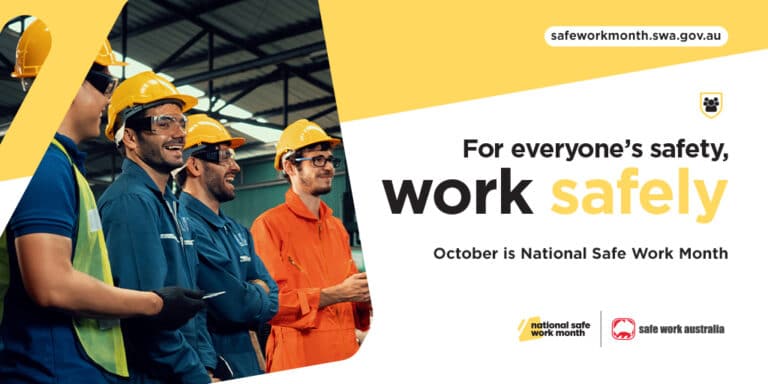
“For Everyone’s Safety, Work Safely” Chosen As National Safe Work Month 2023 Theme Safe Work Australia has selected “For everyone’s safety, work safely” as the
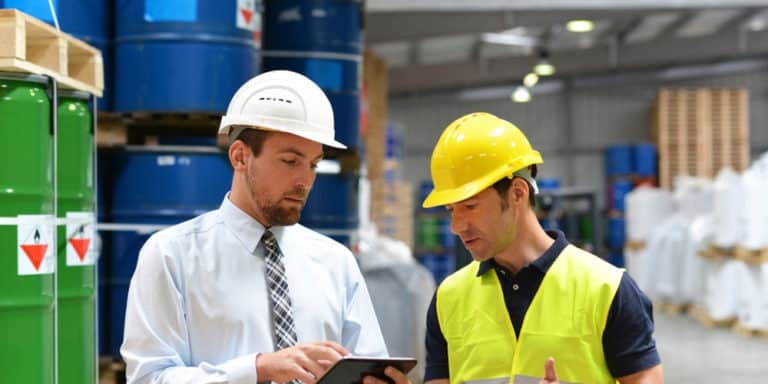
GHS7 Transition Ends: New year begins with better advice on using chemicals safely at work The new year resolution for workplaces in 2023 will be
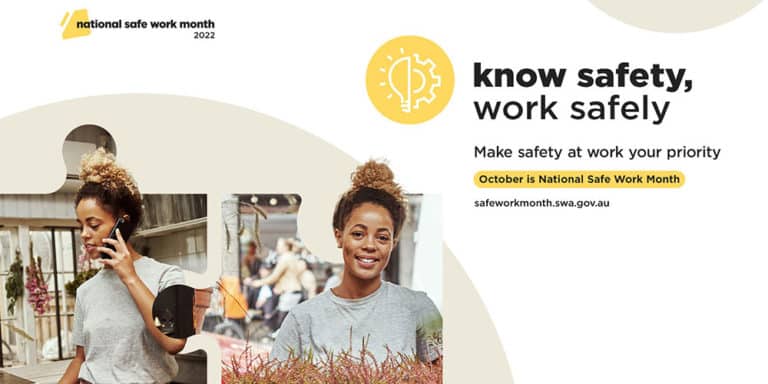
Safe Work Australia sets theme for upcoming National Safe Work Month National workplace health and safety policy agency Safe Work Australia has set the theme
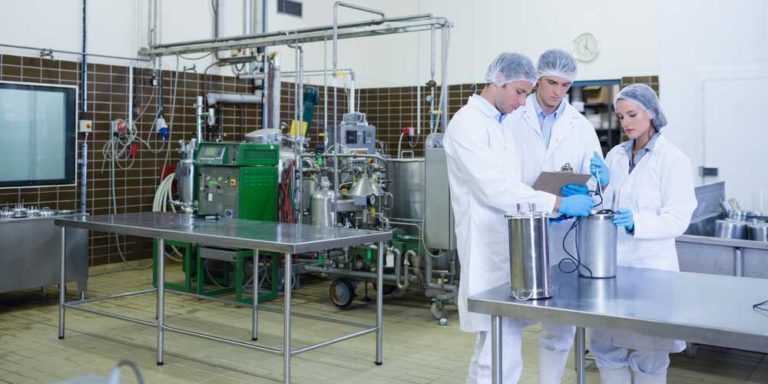
The Victorian Parliament has passed the Workplace Safety Legislation and Other Matters Amendment Act 2022, which was enacted on the 16th of March 2022. The
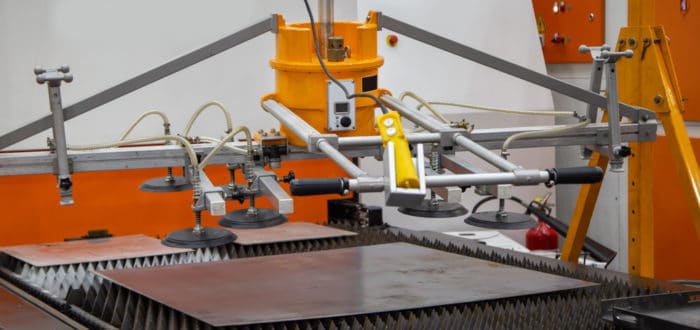
Vacuum lifters are one of the most helpful pieces of equipment in the modern warehouse or factory, helping reduce injuries caused by manually loading or
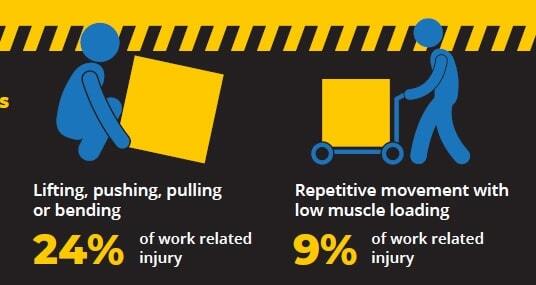
Statistics from the Australian Bureau of Statistics relating to work-related injuries show in the 2017-2018 period, manual handling tasks are causing nearly one in three